

|
|
|


|
|
1/18 Scale Electric Formula One Car:
Kyosho McLaren MP4/3 Tag Turbo - 3176
|
Released by Kyosho circa 1989, the McLaren MP4/3 Tag Turbo Formula One Car - # 3176 - was based on the car driven by Alain Prost and Stefan Johansson in the 1987 F1 Championships, finishing second in the Constructors Championship with Seventy Six points.
The unassembled kit came with an unpainted ABS plastic Bodyshell, with Marlboro McLaren International Decals, a Le-Mans DM20 Motor, and molded nylon Wheels with Sponge Tires. A Radio System, ESC, Battery and Charger to be purchased separately.
Now considered rare, all the early Kyosho "Formula 1 Racers" series models are much sought after by ardent collectors the world over.
Check out our Kyosho Archive for other F1 models.
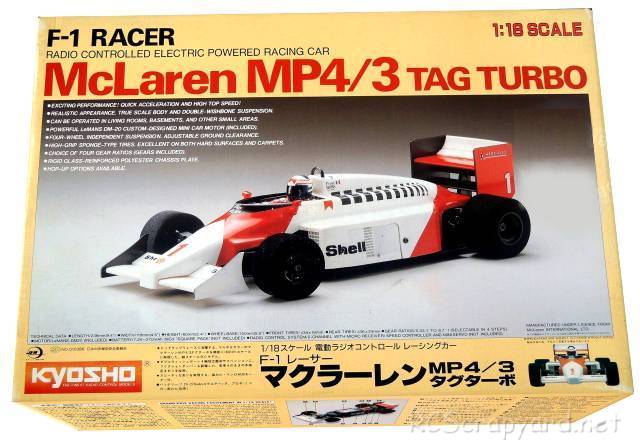
The 2WD model is based on an FRP plate chassis, with double wishbone suspension, a gear type differential, coil spring over friction dampers, dogbone drive-shafts and nylon bushings.








|
|
|

★ Kyosho McLaren MP4/3 Tag Turbo - 3176 ★
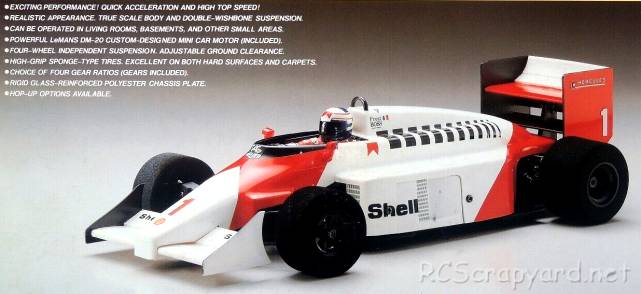
★ Kyosho McLaren MP4/3 Tag Turbo - 3176 ★
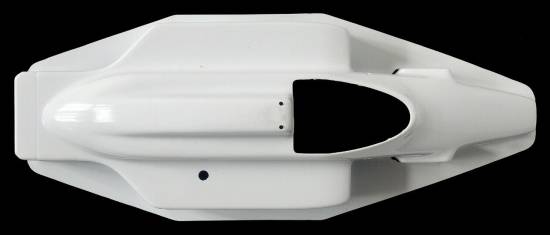
★ Kyosho 1/18 F1 Chassis ★
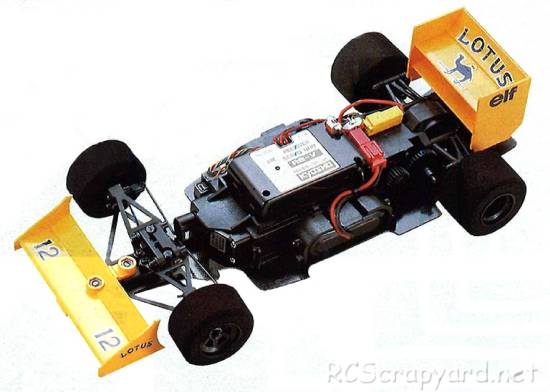
★ Kyosho 1/18 F1 Chassis ★
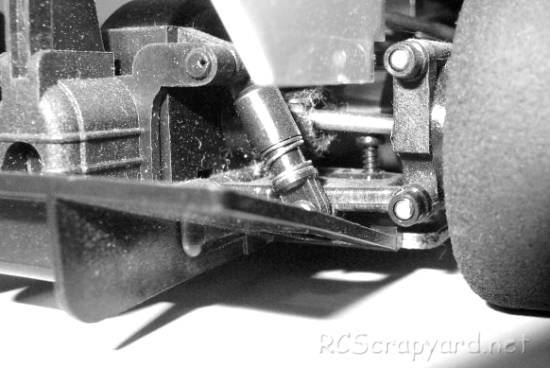
★ Kyosho 1/18 F1 Chassis ★
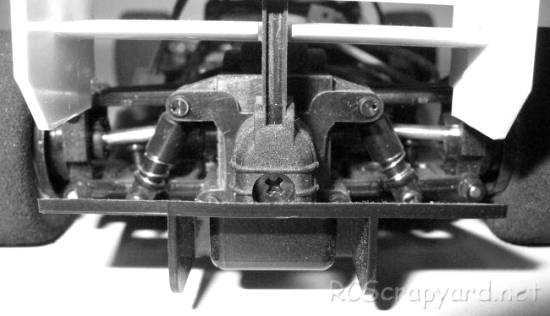
★ Kyosho 1/18 F1 Chassis ★
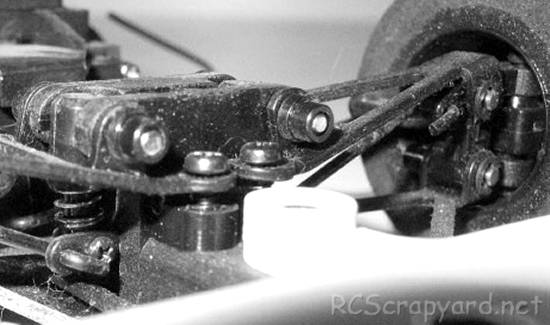
★ Kyosho 1/18 F1 Chassis ★
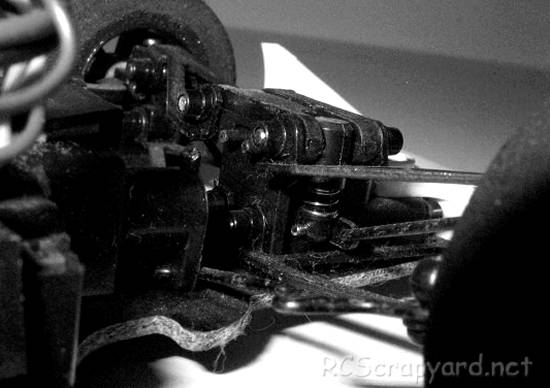
★ Kyosho 1/18 F1 Chassis ★
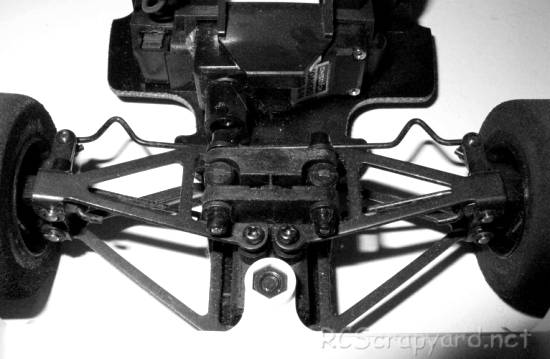
★ Kyosho 1/18 F1 Chassis ★
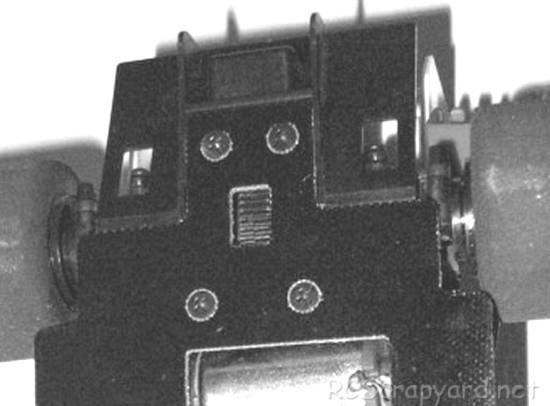
★ Kyosho 1/18 F1 Chassis ★
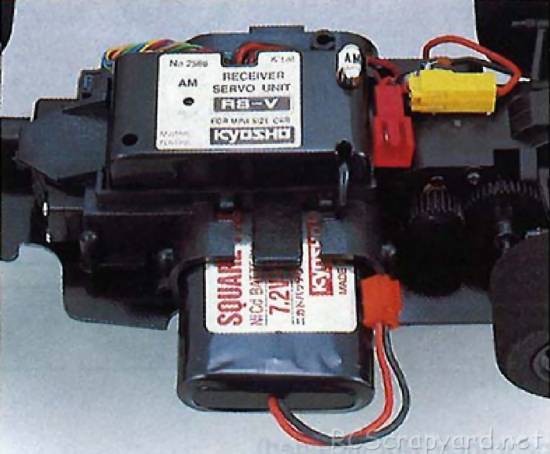
★ Kyosho 1/18 F1 Chassis ★
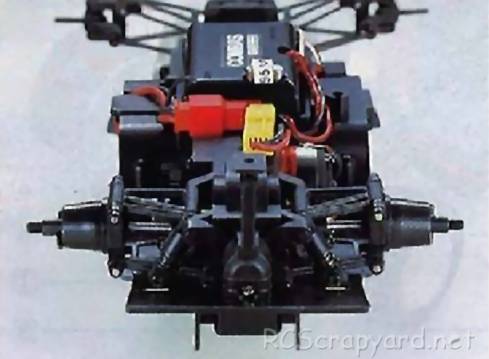
★ Kyosho 1/18 F1 Chassis ★
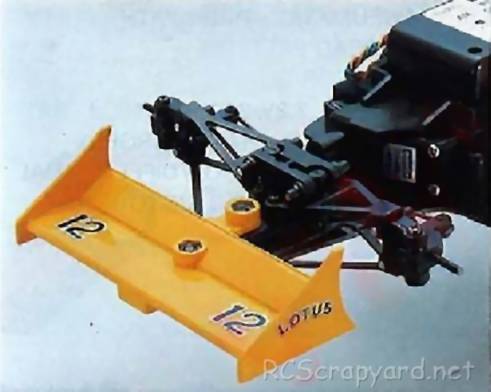
★ Kyosho 1/18 F1 Chassis ★
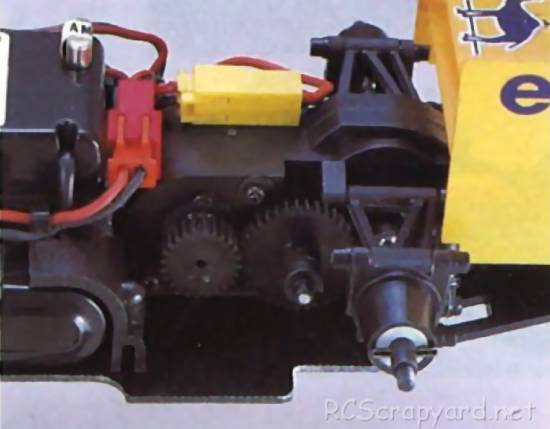
★ Kyosho 1/18 F1 Chassis ★
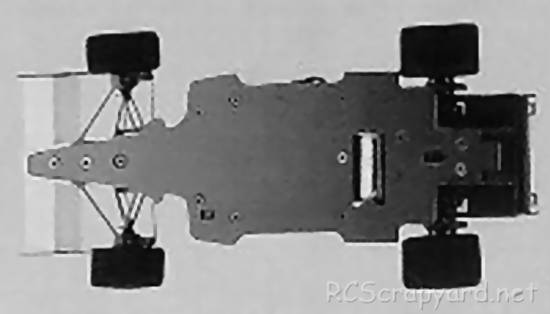
★ Kyosho 1/18 F1 Chassis ★
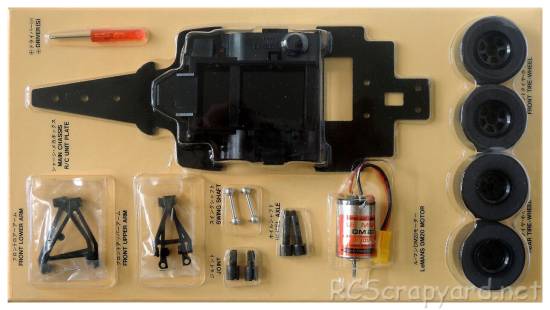
|
Buying a Used Radio Controlled Model
|
|
Manufacturers and Brands Catalogued, Listed and Reviewed by RC-Scrapyard.
At present, the RC Model Manufacturers, Brands and Distributors covered by us are: ABC Hobby, Academy, Acme Racing, Agama Racing, Amewi, Ansmann Racing, ARRMA, Team Associated, Atomic RC, Axial, AYK, Bolink, BSD Racing, Capricorn, Carisma, Carson, Caster Racing, Cen, Corally, Custom Works, Durango, Duratrax, ECX - Electrix, Exceed RC, FG Modellsport, FS-Racing, FTX, Fujimi, Gmade, GS-Racing, Harm, HBX, Helion, Heng Long, Himoto Racing, Hirobo, Hitari, Hobao, Hong-Nor, Hot Bodies, HPI, HSP, Intech, Integy, Jamara, JQ Products, Kawada, Kyosho, Losi, LRP, Maisto, Mardave, Marui, Maverick, MCD Racing, Megatech, Mugen, New Bright, Nichimo, Nikko, Nkok, Ofna, Pro-Pulse, Protech, PTI, RC4WD, Redcat Racing, RJ-Speed, Robitronic, Schumacher, Seben, Serpent, Smartech, Sportwerks, Step-Up, Tamiya, Team-C Racing, Team Magic, Thunder Tiger, Tomy, Top Racing, Traxxas, Trinity, Tyco, Vaterra RC, Venom, VRX Racing, WLToys, X-Factory, Xmods, Xpress, Xray, XTM, Yankee RC, Yokomo, ZD Racing and Zipzaps. |
|
Hints, Tips and Information
Wheel Camber - for cornering stability
Camber is described as the angle of the wheel as you look at it directly from the front or rear of your car and if set correctly will improve your cars cornering ability considerably, by providing increased traction. This simple to make adjustment is considered by many to be one of the most effective changes you can make to your car for better handling. |
|
Hints, Tips and Information
My First National
When I first started in RC, way back in the late 1980s, I would turn up to the weekly club meeting, with my Tamiya Boomerang, Acoms transmitter, two sets of crystals, a couple of 7.2v batteries, a charger and a tool box with a wheel spanner and a few spares. |
|
RC Models:
|
Radio & Motors: |
Other
Accessories: |